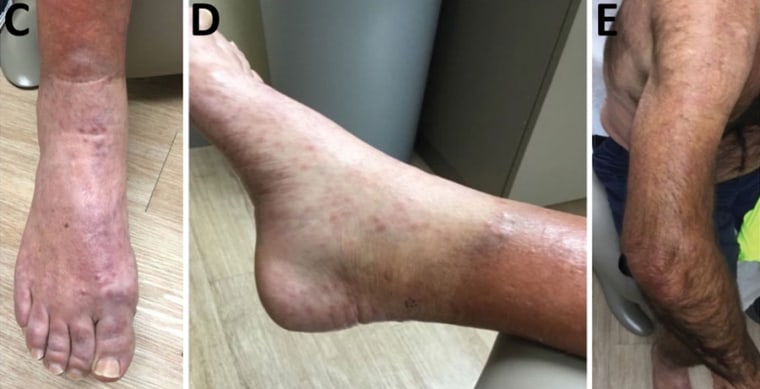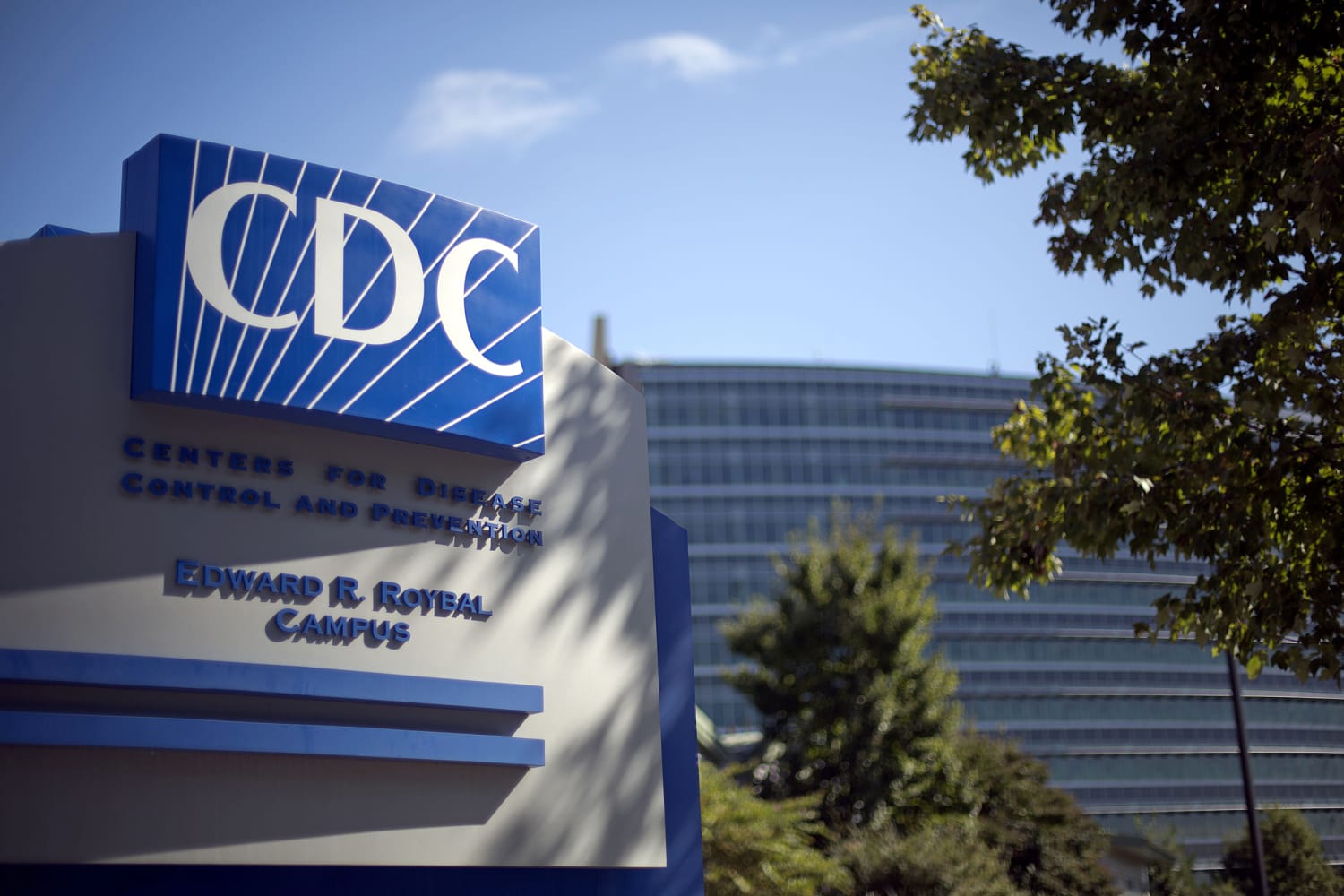Cases of leprosy have increased in Florida and the southeastern United States over the last decade, according to a new report from the Centers for Disease Control and Prevention.
Leprosy, officially called Hansen’s disease, is a rare type of bacterial infection that attacks the nerves and can cause swelling under the skin. The new research paper, published in the CDC’s Emerging Infectious Diseases journal, found that reported cases doubled in the Southeast over the last 10 years.
Central Florida in particular has seen a disproportionate share of cases, which indicates it might be an endemic location for the disease, meaning leprosy has a consistent presence in the region’s population rather than popping up in the form of one-off outbreaks.
“According to the National Hansen’s Disease Program, 159 new cases were reported in the United States in 2020; Florida was among the top reporting states,” the report said. “Central Florida, in particular, accounted for 81% of cases reported in Florida and almost one fifth of nationally reported cases.”
Although leprosy can spread person to person, it’s not known precisely how. The disease does not spread through casual physical contact like shaking hands or sitting next to a person on the bus, according to the CDC. Rather, scientists’ current thinking is that the bacteria gets transmitted via droplets from an infected person’s coughs or sneezes during a prolonged period of close contact.
Contact with armadillos, some of which are naturally infected by leprosy-causing bacteria, may be another way people can get sick.
The recent CDC report described a particular leprosy case in Florida: a 54-year-old landscaper who had no known contact with infected animals or people and had not traveled to any countries where the disease is more commonly found.

There have been 15 cases of leprosy in Florida this year, the majority of which were in Brevard County, according to NBC affiliate WESH.
Dr. Nicole Iovine, chief hospital epidemiologist and an infectious disease physician at the University of Florida, told WESH that leprosy can sometimes present like a rash with pigmented, scaly skin lesions. A person can also have disfiguring nodules on the face and hands.
The main difference between a rash and leprosy is the loss of feeling in the affected area, she said.
“If you have something that’s like a few centimeters on your arm and you can’t feel it, that’s going to be different from a typical rash, which is going to be itchy,” Iovine told WESH.
The authors of the CDC report suggested that doctors and other health professionals should think of leprosy as a potential diagnosis for patients who have spent time in Central Florida.
“Travel to this area, even in the absence of other risk factors, should prompt consideration of leprosy,” the report said.
Leprosy is treatable — patients typically take a combination of two or three antibiotics for one to two years. Left untreated, nerve damage from the infection can lead to paralysis and the crippling of a person’s hands and feet. Damage that occurred prior to starting treatment cannot be reversed.
Source: | This article originally belongs to Nbcnews.com









